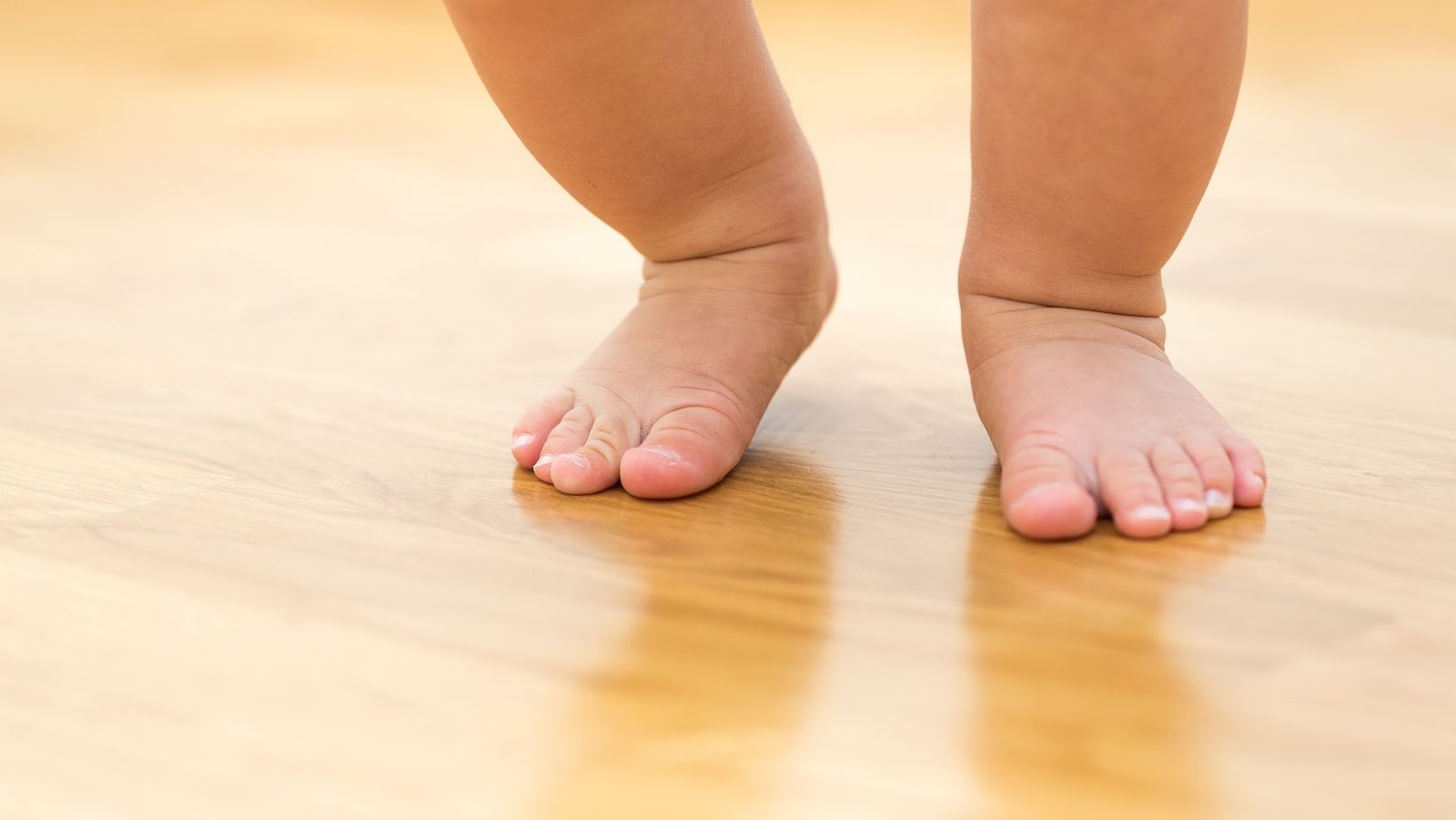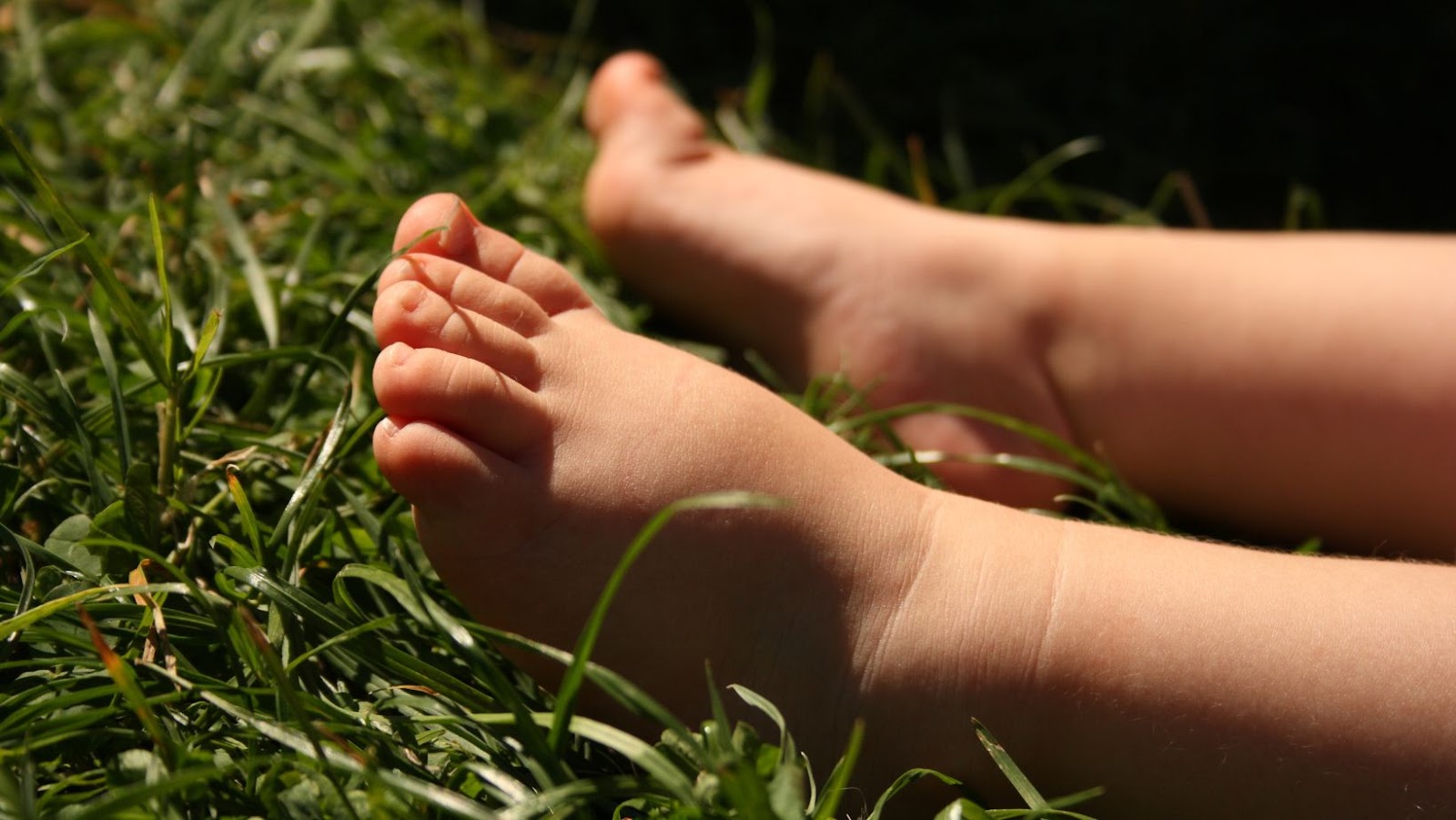5 Common Pediatric Foot Conditions That Might Make Your Child Uncomfortable

Discover what Olivia is talking about from Parenting to Entertainment…
Foot conditions commonly affect adults and children of any age, including toddlers. As your child grows, they might develop orthopedic or biomechanical problems with their feet. Fortunately, these foot issues can be remedied by a pediatric orthopedic or a podiatrist. However, some foot conditions can improve as your child develops, but others might cause future health problems if not addressed earlier. Talk to pediatric foot conditions New York specialists to determine the issue affecting your child’s ability to walk normally. Below are five common pediatric foot conditions that might affect your child’s overall health.
Flat Feet
Children born without arches in their feet might develop flat feet as they grow. This foot condition can cause pain to your child’s legs and feet and affect their ability to walk properly. Flat feet might also weaken your child’s ankles. Even though this foot condition might be concerning, it does not usually cause major problems and can often correct itself as your children grow. However, if it causes severe pain to your child’s feet, your doctor might recommend orthotic treatment to prevent the arch from collapsing.
Toe-Walking
Toe-walking is a foot condition that mostly affects toddlers as they learn how to move their feet. Most children outgrow this practice by the age of two or three. However, if your child seems to be walking on their toes even after three, it might be time to visit a podiatrist.

Persistent toe-walking may signify an underlying serious health condition such as autism, cerebral palsy, issues with the nervous system, or muscle weakness disorders. Talk with your doctor about ways your child can restore mobility and balance.
Bow Legs
Bow legs are common among children, especially those below 18 months. Fortunately, it is a foot condition that improves with time as the child grows. Bow legs develop when there is a gap between the knees and ankles when the child stands or walks. This condition rarely requires treatment, but if it persists after six, you might need to take your child to a podiatrist. Persistent bow legs could signify other health conditions such as rickets or Blount disease, which results in abnormal growth of the tibia bone.
Cavus Foot
As your child grows, they might develop an excessively high arch in their feet, resulting in a cavus foot. This condition is usually progressive if not treated and might cause your child’s foot and heel to turn inward. Children with cavus feet are more prone to ankle sprains, calluses, and fractures. They might also experience severe pain, particularly on their heel.

Progressive cavus foot might indicate a neurological problem, the presence of a tumor in the spinal cord, or a cyst. Your orthopedist might recommend an orthotic shoe to distribute uneven foot weight evenly.
Heel Pain
Heel pain is a common foot condition that mostly affects adolescents. It can be caused by various conditions, such as Sever’s disease or plantar fasciitis. Sever’s disease often causes pain or inflammation at the heel’s growth plate. If your child has plantar fasciitis, they might develop pain or inflammation in the thick band tissue of the heel bone. Talk with your podiatrist to determine the cause of your child’s heel pain and the possible treatment option.
Does your child seem to have a persistent foot condition? Contact or visit Flex-Foot and Ankle PLLC to help your child receive treatment and improve mobility. You will meet the best pediatric orthopedists and podiatrists who will ensure your child receives the best treatment and care. Book an appointment online or call the office for more inquiries.
What's Your Reaction?
Discover what Olivia is talking about from Parenting to Entertainment & all of the in between. Activities for Kids, DIY, Health & Fitness, Giveaways & More..



